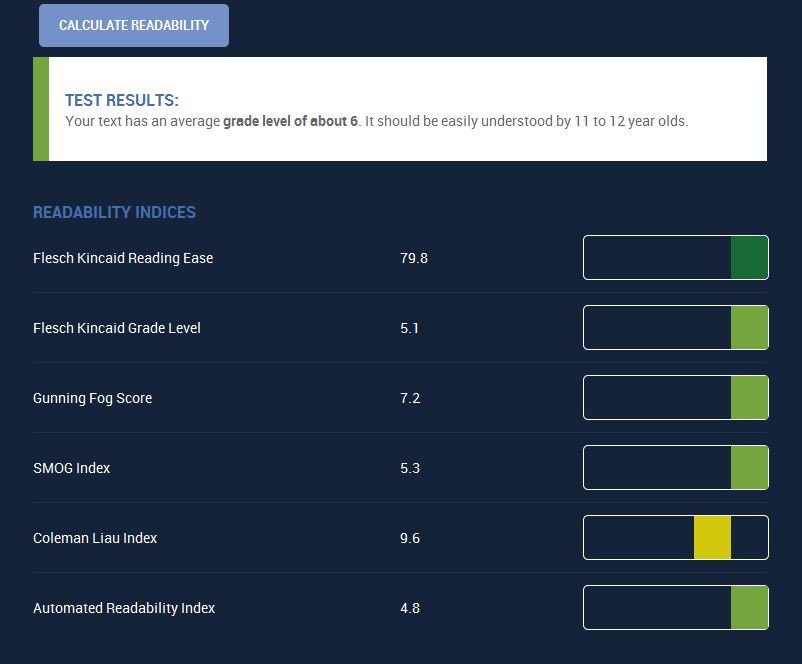The Impatient Newbie’s Guide to SEO
I recently wrote The Impatient Newbie’s Guide to Starting a Blog. If you’ve followed my advice, you took the time and spent the coins needed to at least get your own domain. No point in even talking about SEO if you didn’t. If you’re on Blogger or Weebly or Tumblr, you can leave the classroom.
Don’t come back until you have your own domain.
The rest of you are probably eager to get started on SEO, to get your site ranking for some juicy searches and to start seeing a stampede of crowds breaking down your doors with fists full of money.
I know. After many years, I still have that vision.
But you can get the ball rolling quickly with three easy tactics.
Three quick-start SEO tactics
First…wait for it…make sure your website is on its own domain. You won’t rank for anything on a throw-away domain. ‘Nough said.
Second, get indexed. If you don’t get your domain indexed, nothing else matters. If you don’t get each new page indexed as it gets published, nothing else matters. If you are not indexed, you won’t rank Number One.
You won’t rank Number Seven.
Or Number 17.
Or even Number 1,000,017.
So get indexed. This is generally a two-step process. First, get lots of links for Google to follow. For a brand new site, those links might come from social profiles or from bloggers you know. Don’t go buying spammy links as a shortcut. Shortcuts usually lead straight into a pit full of crocodiles.
The second step to get indexed is not to block the search engines from indexing your content. Believe it or not, this actually happens quite regularly.Your Roboits.txt file needs to show which pages you want indexed. As Neil patel puts it in his Google indexing guide:
“An incorrectly configured file can hide your entire site from search engines — which is the exact opposite of what you want.”
Third, make sure each of your pages has a keyword theme. This is the part of SEO that gives it the “O” – optimization. This is a tricky process that is as much art as science. Here are some guidelines:
Five ways to quickly optimize each page
Make sure the exact keyword you want to target shows up a few times on the page, preferably in the title tag, the H1 tag and one or two other places. Thinking of putting that exact keyword in every paragraph? Don’t. Keyword stuffing gets you sent to jail alongside the rhino poachers and the pickpockets.
Make sure there are variants of the exact keyword on the page, too. For instance, if your exact keyword is “earn money blogging”, you’ll want to also include “earn money with your blog” and “earn money from blogging”. That’s what natural writing looks like.
Make sure the individual words in your exact keyword show up independently on the page. In the example above, you’ll want the following words to show up:
- earn
- money
- blogging
Pretty simple, right?
Make sure there are plenty of related terms on the page, words you would expect to find on a page about “earn money blogging”. For instance:
- income from blogging
- blog revenue
- make money blogging
You are not optimizing the page for these terms, but without them, the page does not look natural. Who would write a page about “earn money blogging” without mentioning obviously related terms?
Make sure – and this is the most important of all – the page reads well. Believe it or not, Google can tell if your page is a challenge to read. Google can tell if your grammar and spelling suck. Google can tell if, from a writing perspective, your page should be crumpled up and fed to the crocodiles.
Don’t believe me? Try this. Cut and paste your blog post text into Read-able (second tab – “Test by direct input”) and see what it gives you. Here is what it says about this blog post:

Now tell me, do you think Google has 10 times the computing power of read-able or 10,000 times? Take your time before answering.
Google knows if you are writing crap, so make it good. Keyword stuffing worked 15 years ago. It doesn’t work in 2016. Make it read well for your users.
What else?
There are a ton of other ranking factors, as documented by any good roundup of SEO experts. And over time, you’ll want to make sure that your site conforms. You’ll want a fast-loading website. You’ll want a responsive, mobile-friendly website. You’ll want a ton of links from CNN and the New York Times.
But this is the “impatient newbie” guide. I’m still waiting for my first link from CNN (Anderson Cooper, are you listening?). Follow this guide to get a quick SEO foundation on which to build. Then off to content marketing, blogger outreach, influencer marketing, social media and other online activities that open the doors to inbound links from adoring fans and assorted strangers.
SEO takes a long time to work. It is not the strategy for impatient people. But you can give your SEO a quick start boost by following this guide. And that’s just what the impatient blogger is looking for.

 SEO is Evolving: Trend You Need to Know About [Infographic]
SEO is Evolving: Trend You Need to Know About [Infographic] How SEO Services Can Help Increase Your Website Traffic
How SEO Services Can Help Increase Your Website Traffic What’s Up Bloggers! Roundup #5 with Roxana Nasoi
What’s Up Bloggers! Roundup #5 with Roxana Nasoi Learn the Top 5 Local SEO Trends That Can Boost Your Website in 2016
Learn the Top 5 Local SEO Trends That Can Boost Your Website in 2016
{ 16 Responses }